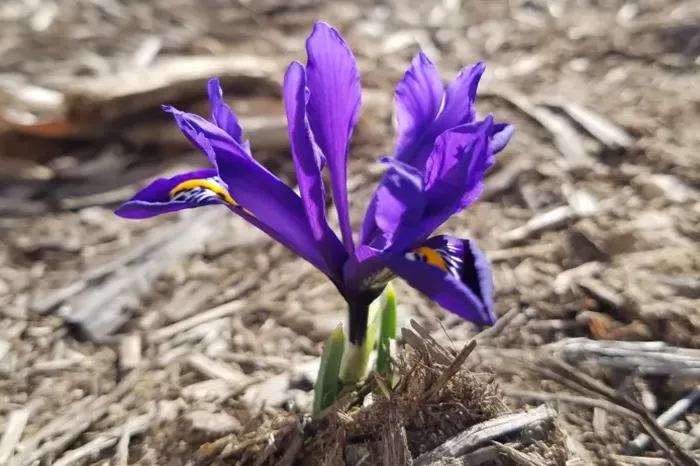Planting a bulb garden can significantly enhance your landscape. However, successful bulb planting requires attention to timing, especially during the fall. If you’re new to gardening, understanding the best time to plant bulbs can be challenging, particularly if you live in an area with variable temperatures. In places like New York, where weather can range from snow by Halloween to 70 degrees in December, proper planting timing is crucial. To provide expert insights, we consulted Amy Yarger, Senior Director of Horticulture at Butterfly Pavilion, a leader in invertebrate research and education.
Planting Bulbs in Cooler Climates
For those in cooler climates, such as northern parts of the U.S. or Canada, early planting is essential. Bulbs need a period of cold temperatures to flower in spring. “The cold winter temperatures trigger chemical cues in the plants, allowing them to bloom at the right time,” Yarger explains. This is true for most spring-flowering bulbs, including tulips, early-blooming daffodils, and grape hyacinths.
Cold Period Requirement: Bulbs need exposure to temperatures between 35-45°F for about 10-14 weeks to ensure spring blooming.
Optimal Planting Time: In colder climates, plant bulbs after the first frost but before the ground freezes. This typically falls between mid-October and late November in regions like USDA Zone 6a, such as Westminster, Colorado. Planting before severe winter temperatures allows the bulbs to grow roots in the fall.
Early Planting for Northern Regions: In the northernmost U.S. or Canada, planting as early as late September may be necessary. This timing ensures that bulbs have settled before winter fully arrives. Delaying until late winter might not provide the necessary cold temperatures for blooming.
Planting Bulbs in Warmer Climates
In warmer climates, the planting schedule differs due to milder winters. You can still achieve vibrant spring blooms by adjusting your planting approach.
Later Planting Time: In warmer regions, plant tender bulbs in late fall, typically in November or December, once nighttime temperatures drop to 40-50°F. Monitor temperatures to determine the right time to plant.
Soil Temperature: Yarger advises that soil temperatures around 55°F are ideal for bulb root establishment before any winter chill. “This helps bulbs develop roots before cold spells occur.”
Fall Precipitation: Cooler fall temperatures often bring beneficial rain, which aids in root development. Adequate soil moisture is crucial for fall-planted bulbs.
Knowing When to Plant
Regardless of your climate, observing the weather and evening temperatures is key to determining the best planting time. Nighttime temperatures of around 40-50°F signal that it’s time to plant. Ensure that soil temperature has cooled to around 55°F so bulbs can start rooting before freezing conditions set in.
What If You Miss the Fall Planting Window?
If you miss the ideal fall planting time, you can still plant bulbs with some adjustments. Chill the bulbs in a refrigerator for 10-14 weeks to simulate the necessary cold period. Once chilled, plant them in the spring when the soil is workable. However, avoid storing bulbs with fruits, as ethylene gas from produce can disrupt blooming. Yarger recommends this as a temporary fix rather than a long-term solution, emphasizing that fall planting is better for bulb health.
Bulbs That Don’t Need a Cold Winter
For regions without cold winters, certain bulbs do not require a long cold period. Consider planting freesias, Peruvian squill, and specific species of alliums, which thrive in warmer climates and will still provide beautiful blooms.
By following these guidelines, you can ensure a vibrant and successful bulb garden regardless of your climate.
Related topics:
- Common Mistakes Peace Lily Owners Make That Prevent Flowers from Blooming
- 12 Spooky Plants That Will Thrill and Chill This Halloween and Beyond
- How Orchids Use a Simple Trick to Grow New Flower Spikes in Just Days


